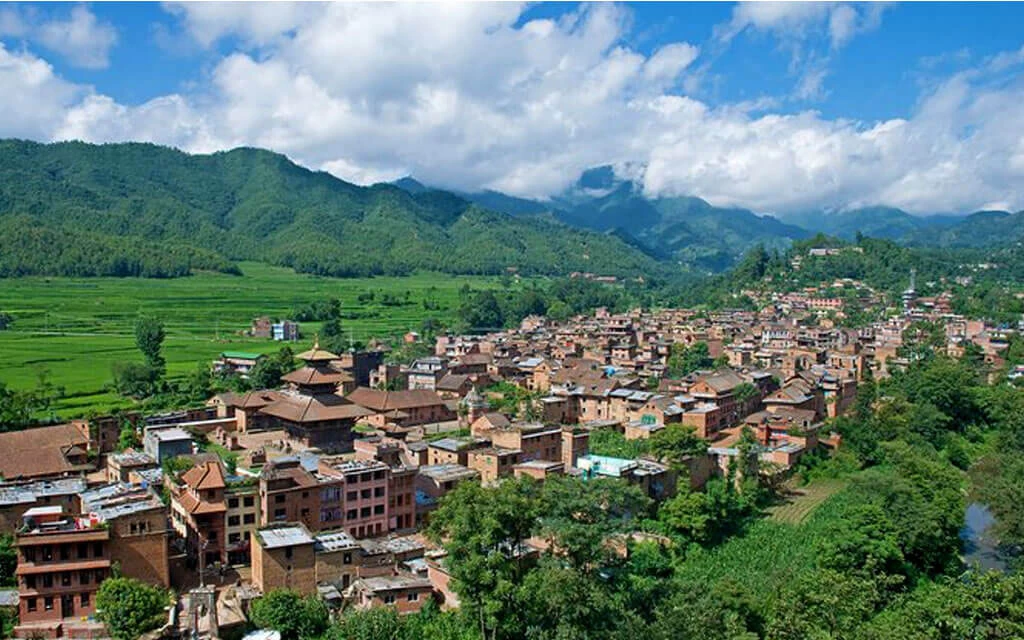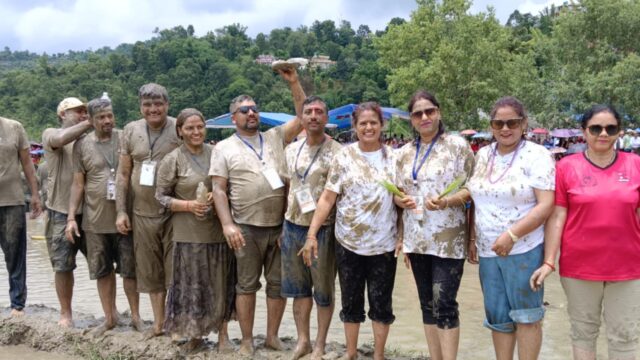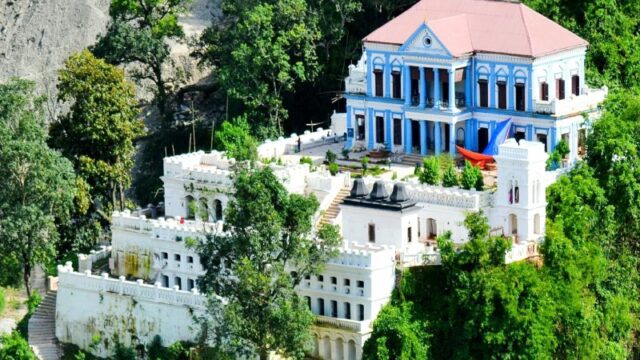A renewed dialogue has been initiated among key stakeholders to have the ancient town of Panauti recognized on the UNESCO World Heritage List. In a recent program organized by the Ministry of Culture, Tourism and Civil Aviation, in collaboration with Panauti Municipality, representatives from the government, municipality, heritage experts, and community leaders engaged in another round of discussions to move this longstanding ambition closer to reality.
Historical and Cultural Significance of Panauti
Panauti, situated in Kavrepalanchok District, is a town of immense historical, religious, cultural, and archaeological importance. It is believed to be one of the oldest settlements in Nepal, with its roots tracing back to the Licchavi era. The town is home to a wealth of medieval temples, courtyards, monasteries, and traditional Newar-style houses, all of which contribute to its uniqueness. Ward Nos. 5, 6, and especially Ward No. 7 – the market area, have been highlighted as key zones with potential for heritage designation due to their preserved architectural identity.
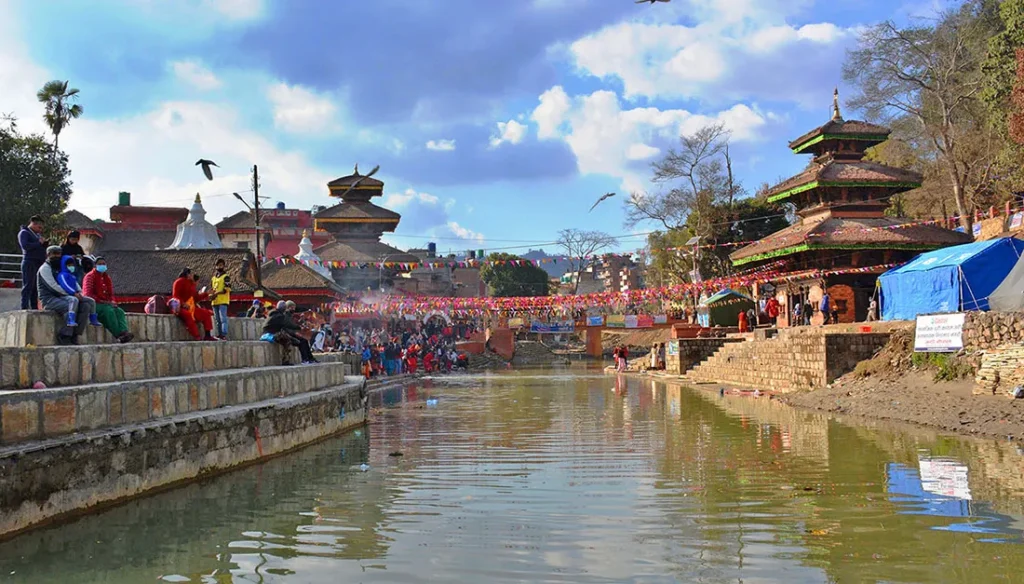
Years of Effort and Persistent Technical Hurdles
Efforts to enlist Panauti in the UNESCO World Heritage List have been ongoing for several decades. However, due to various technical and administrative hurdles, these efforts have yet to bear fruit. Mayor Ramsharan Bhandari of Panauti Municipality stated that while the initiative has been pursued for years, procedural and documentation errors have stalled its success. He emphasized that the current push aims to correct past missteps through collaborative coordination among all concerned agencies.
Presentation of Procedures and UNESCO Standards
During the program, Dr. Suresh Shrestha, Joint Secretary of the Culture Division under the ministry, presented a detailed working paper. He elaborated on the procedures required to nominate and list a site under UNESCO’s World Heritage Convention, the operational guidelines, risk assessment for endangered sites, and the process of officially registering a potential heritage zone. His presentation helped clarify the next steps, reinforcing that listing Panauti is not merely a political decision but a technically rigorous process involving international standards.
Community Coordination and Strategic Planning
The participants emphasized that the cultural, historical, and religious importance of Panauti makes it a deserving candidate for the World Heritage status. The discussion concluded with a consensus that long-term planning, preservation, documentation, and promotion of Panauti’s heritage must involve cooperation among local, national, and international stakeholders. The focus now is to build sustainable heritage management systems and community-based preservation models.
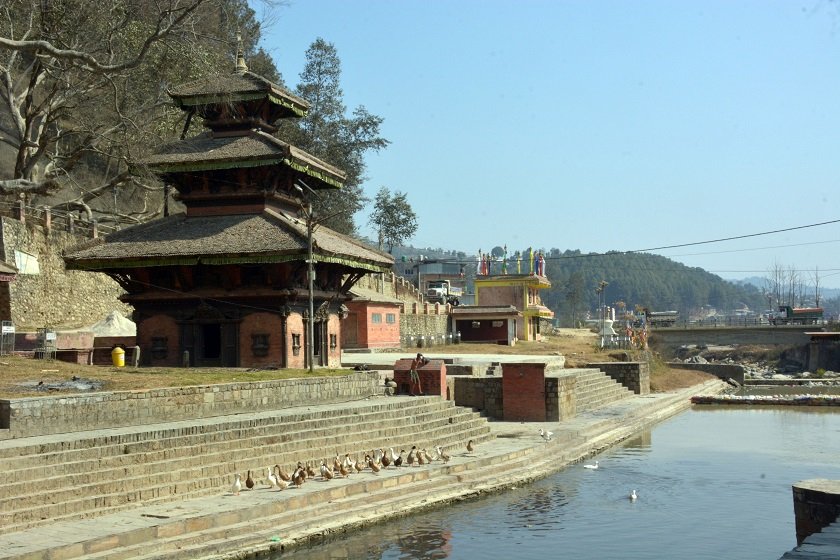
The municipality is particularly focused on upgrading Ward No. 7 to meet all UNESCO requirements, including conservation of structures, environment, and intangible heritage. A total of 72 traditional Newar-style houses are under renovation to maintain the town’s historic character.
Past UNESCO Interest and Observations
UNESCO had already shown interest in Panauti over 25 years ago, when the site was proposed for World Heritage inclusion. More recently, in B.S. 2079 (2022/23 AD), the then Head of UNESCO Nepal, Christian Manhart, visited Panauti and conducted a site observation. During the visit, he showed particular interest in the monasteries, temples, and traditional houses that embody Nepal’s unique architectural heritage. Encouraged by this response, the municipality allocated budget and started formal preparations for the nomination.
Legal Framework and International Cooperation
Panauti has already been declared a monument zone by the Government of Nepal under the Ancient Monument Preservation Act, 2031 B.S. (1975 AD), and it was officially recognized as such in B.S. 2058 (2001/02 AD). The upcoming steps include further site inspections by UNESCO heritage experts from France, as announced by government officials. These evaluations will focus on verifying the site’s integrity, conservation efforts, and community involvement.
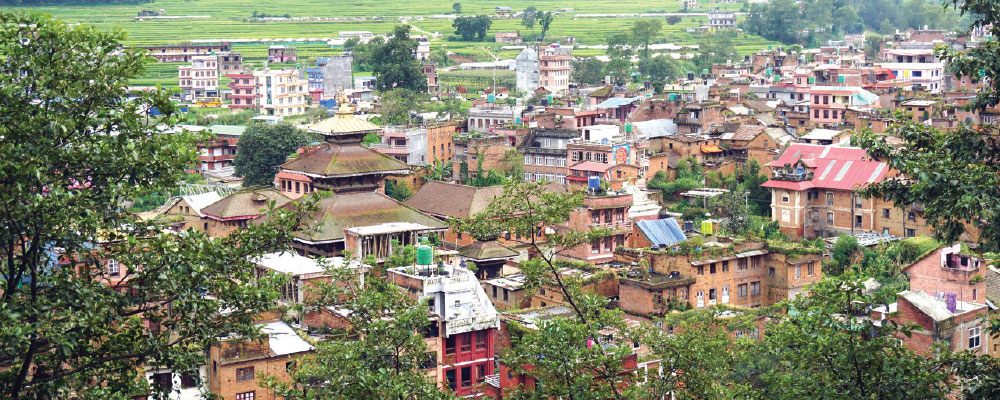
Conservation Efforts and Infrastructure Development
With support from the French Government, several restoration and maintenance projects were carried out in Panauti between B.S. 2048 and 2055 (1991–1998 AD). These included the repair of over a hundred religious and public structures, such as monasteries (math), rest houses (pati, pauwa), and water spouts. The Department of Archaeology has also led the restoration of ancient temples and homes featuring intricate woodwork and stone carvings.
To promote cultural tourism, the municipality has initiated woodcraft training programs, homestay development, and archaeological conservation schemes, all aimed at increasing local participation and economic benefit while ensuring heritage protection.
UNESCO Listing and Global Recognition
If successful, Panauti will be designated as a “Panauti UNESCO World Heritage Site”, joining a prestigious list of globally significant landmarks. UNESCO’s World Heritage Committee lists sites of outstanding cultural or natural value, such as forests, mountains, lakes, monuments, buildings, and towns, and supervises them under its international protection framework.
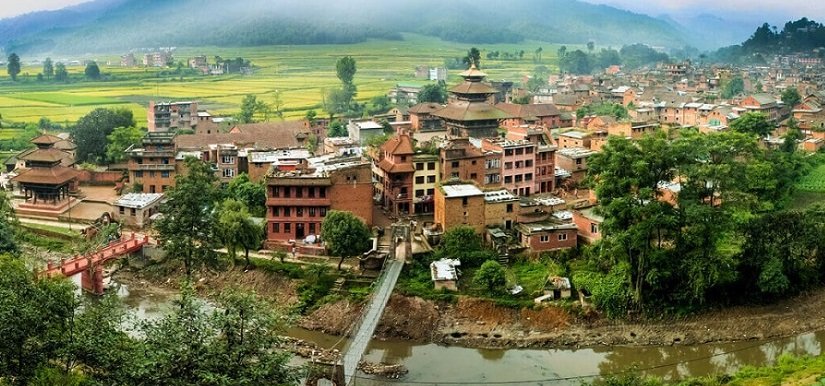
So far, Nepal has four World Heritage Sites:
- Kathmandu Valley (Seven monument zones)
- Chitwan National Park
- Lumbini – the birthplace of Buddha
- Sagarmatha National Park
Panauti is one of 15 proposed sites submitted by the Nepal Government for World Heritage consideration. Among them, Panauti appears closest to being officially listed, thanks to its preserved architecture, historic narrative, and increasing global attention.
With renewed determination, Panauti stands on the brink of global recognition. Backed by legal frameworks, local enthusiasm, government support, and international interest, this ancient town could soon join Nepal’s elite circle of UNESCO World Heritage Sites. Continued collaboration among stakeholders, meticulous documentation, and community-led conservation will be key to turning this vision into reality.
